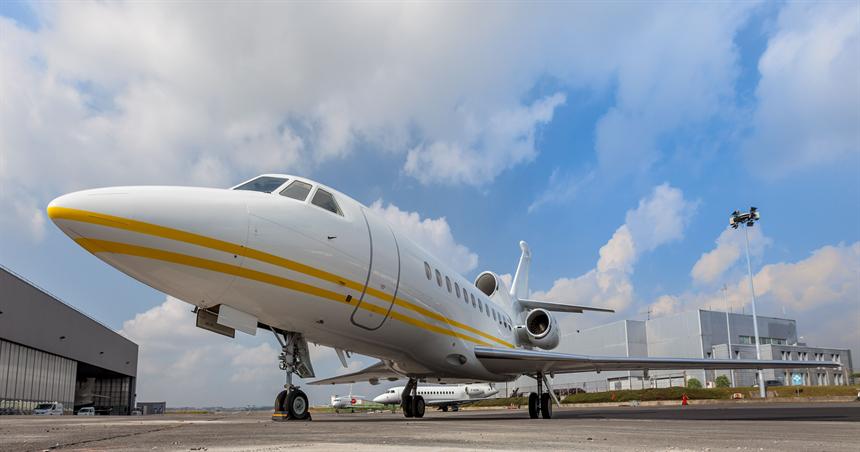What is Turbulence?
Have you ever experienced a sudden jolt, bump, or unusual rumble while flying in an aircraft? These sensations are commonly associated with a phenomenon known as turbulence. Understanding what this is and why it occurs is helpful for all passengers, particularly those who may be nervous flyers. In this discussion, we will provide an overview of turbulence.
Definition
In the context of aviation, refers to the presence of unstable air in the atmosphere during flight. This instability can result from various factors, such as pockets of hot air or high winds. Despite the specific causes, the underlying principle remains consistent.
Safety Concerns
Many passengers express concerns about the safety of their flights when encountering turbulent conditions. However, it is crucial to recognise that modern aircraft are meticulously designed and rigorously tested to withstand substantial pressure and forces. These safety measures are often underestimated by passengers, leading to unnecessary apprehension. For experienced pilots, turbulence is typically viewed as a minor inconvenience rather than a significant hazard. It may disrupt in-flight services and passenger comfort, but it poses no substantial threat to the aircraft’s integrity.
Predictability
Anticipating and avoiding turbulence would undoubtedly enhance the flying experience. Currently, predicting it is more art than science, as dedicated technology for precise forecasting remains underdeveloped. Nevertheless, well-trained pilots possess the knowledge and skill to navigate away from common areas where turbulence is more likely to occur.
In summary, turbulence can be unsettling for passengers who are unprepared. However, for those who are aware and informed, turbulence is generally a manageable inconvenience rather than a cause for concern. Passengers can place their trust in experienced pilots and the stringent safety standards to which aircraft are subjected before taking to the skies.

